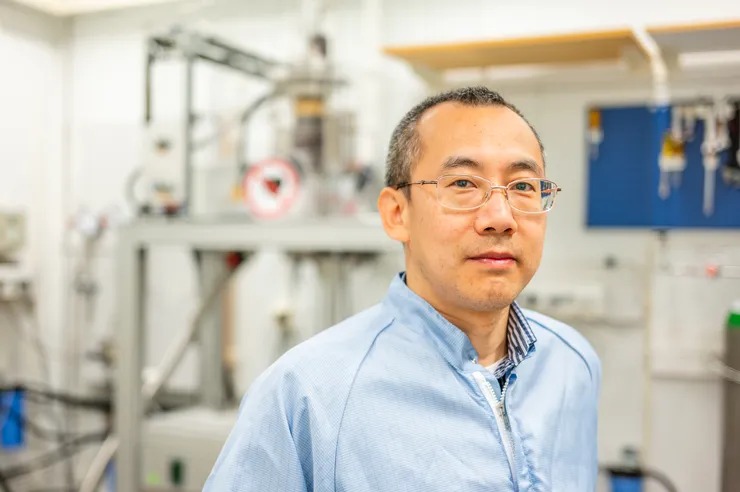A research team at Linköping University has made a significant breakthrough in green hydrogen production by developing a new three-layer material that dramatically improves the efficiency of splitting water into hydrogen using sunlight. The innovation, led by Associate Professor Jianwu Sun from the Department of Physics, Chemistry, and Biology, could mark an important step toward affordable, emission-free hydrogen fuel.
Hydrogen is seen as a critical energy source for decarbonizing hard-to-electrify sectors such as heavy transport, aviation, and shipping—areas where batteries are impractical due to weight and storage limitations. Unlike conventional hydrogen produced from fossil fuels (known as “grey hydrogen”), green hydrogen is generated using renewable energy and does not emit carbon dioxide.
“Passenger vehicles can use batteries, but for trucks, ships, and airplanes, hydrogen is a much more viable clean fuel alternative,” says Sun.
A New Material with Triple-Layer Efficiency
The research team has enhanced their previous work with cubic silicon carbide (3C-SiC)—a material known for its ability to capture solar energy—by combining it with cobalt oxide and a catalyst layer. This new structure, called Ni(OH)₂/Co₃O₄/3C-SiC, significantly boosts the material’s performance.
When exposed to sunlight, the material generates electric charges that can split water (H₂O) into hydrogen (H₂) and oxygen (O₂). A major challenge in this type of solar-driven water splitting is preventing the positive and negative charges from recombining before they can drive the reaction. The unique combination of layers in the new material helps separate these charges more effectively.
“This new structure is eight times more efficient than pure 3C-SiC when it comes to splitting water,” explains Sun. “Our current focus is to understand how each layer contributes to this improvement.”
Toward Commercial Green Hydrogen
While most materials under development today reach only 1–3% efficiency, the commercial target is 10%. Achieving this level using only solar energy could make green hydrogen significantly cheaper by removing the need for external electricity—paving the way for mass production.
“The ultimate goal is to use sunlight alone to power the hydrogen production process,” says Sun. “If we can reach 10% efficiency, this technology becomes commercially viable.”
The team estimates that reaching this milestone could take five to ten years of further development.
A Step Forward in the Green Energy Transition
Today, nearly all hydrogen is produced from natural gas, generating roughly 10 tonnes of CO₂ for every tonne of hydrogen. Replacing this with green hydrogen is essential to meet global climate goals.
This research is a promising development in that direction and has been funded by several Swedish institutions, including STINT, Olle Engkvists Stiftelse, ÅForsk, and Carl Tryggers Stiftelse, as well as support from Sweden’s Strategic Research Area in Advanced Functional Materials (AFM).
By improving the materials that drive photochemical water splitting, the Linköping University team is helping to build the scientific foundation for a zero-emission hydrogen economy—powered by nothing but the sun.


